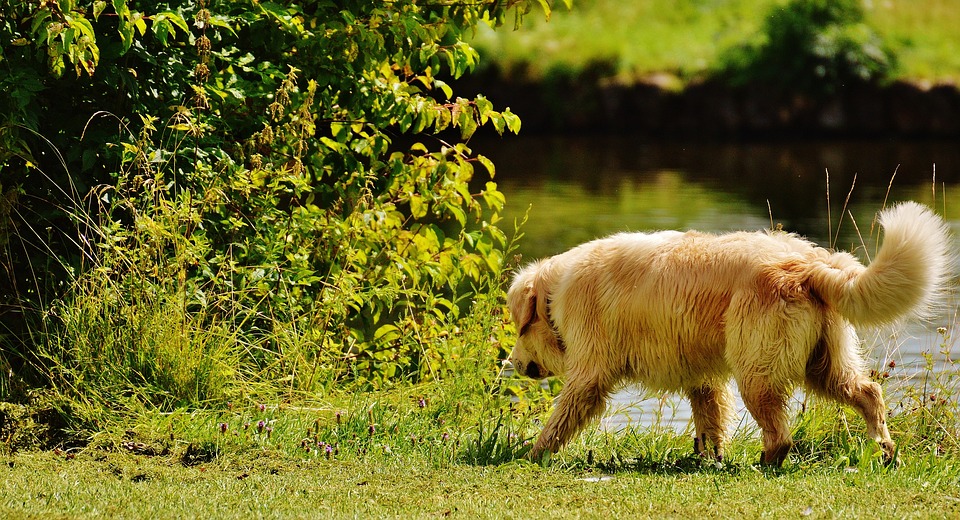
Putting Money in Property Below $1000: Is It Valuable?
When it comes to diversifying an investment portfolio, investing in property has always been considered a secure and lucrative option. Property can offer a stable and tangible asset that can increase in value over time, and it also has the potential to generate income through various purposes such as agriculture, leasing, or development. However, with escalating real estate prices in many regions, locating inexpensive land for investment can pose a challenge. In this piece, we will delve into the potential advantages and disadvantages of putting money in property under $1000 and explore whether it is a worthwhile investment approach.
Merits of Putting Money in Property Under $1000
One of the primary advantages of putting money in property under $1000 is the low entry barrier. For individuals who are new to investing or have limited financial resources, obtaining property at a low cost can be an appealing option. Additionally, affordable property may be situated in undervalued areas with potential for future development. This allows investors to acquire property in emerging areas before prices surge, potentially leading to considerable profits in the future.
Putting money in property under $1000 also offers the potential for long-term appreciation. While the initial purchase price may be low, the value of the property can rise over time due to factors such as population growth, economic development, or changes in zoning regulations. This can lead to significant gains for investors who are willing to hold onto their property for a prolonged period.
Furthermore, inexpensive property can be suitable for various purposes, such as recreational activities, agriculture, or preservation. Investors can purchase cheap property for hunting, camping, or other outdoor pursuits, or they can lease the property to farmers or ranchers for agricultural production. Additionally, environmentally conscious investors may choose to acquire low-cost land for conservation objectives, ensuring the protection of natural habitats and wildlife.
Downsides of Putting Money in Property Under $1000
Despite the potential benefits, there are also disadvantages to putting money in property under $1000 that investors should take into account. One of the main challenges is the limited marketability of inexpensive property. Low-cost property may be located in remote or undesirable areas, making it challenging to find buyers or renters for the property. This can result in a lack of liquidity, meaning that investors may struggle to sell their property when they need to access their capital.
Moreover, affordable property may have limited potential for development or utilization. Lower-priced property is more likely to be situated in rural or undeveloped areas, making it less attractive for commercial or residential construction. This can restrict the income-generating potential of the property and may result in minimal or no returns for investors.
Furthermore, inexpensive property may come with hidden costs and risks. For instance, cheap land may have environmental issues, such as contamination or unstable soil, that could necessitate costly remediation efforts. Additionally, the expenses of maintaining the property, such as property taxes, insurance, and upkeep, can eat into the potential profits of the investment.
Is It Valuable to Put Money in Property Under $1000?
When evaluating whether it is valuable to put money in property under $1000, investors should carefully consider their financial goals, risk tolerance, and investment timeline. While low-cost property may offer attractive opportunities for long-term appreciation and diversification, it also comes with inherent risks and limitations.
For investors seeking a low-cost entry into the real estate market, putting money in property under $1000 can be a feasible option. Affordable property provides an opportunity to gain exposure to the real estate asset class without the need for a substantial upfront investment. This can be particularly advantageous for individuals looking to diversify their portfolio or explore new investment opportunities.
Furthermore, investors who are willing to hold onto their property for an extended period may benefit from potential appreciation and income generation. While inexpensive property may not offer the immediate returns of other types of investments, it can serve as a long-term hedge against inflation and market volatility. Patient investors who are willing to wait for the right opportunity may find that putting money in property under $1000 can yield significant rewards over time.
However, it is important for investors to conduct thorough due diligence before purchasing affordable property. Researching the location, market conditions, and potential uses for the property is crucial in determining its long-term viability as an investment. Additionally, investors should be prepared for the possibility of limited liquidity and the need for ongoing maintenance and expenses.
Ultimately, putting money in property under $1000 can be a valuable strategy for certain investors who are willing to take on the associated risks and hold onto their investment for the long term. While it may not offer the immediate returns of other types of investments, affordable property has the potential to provide stable and appreciating value, as well as opportunities for income generation. By carefully evaluating the benefits and drawbacks of putting money in property under $1000, investors can make informed decisions that align with their financial objectives and risk tolerance.

